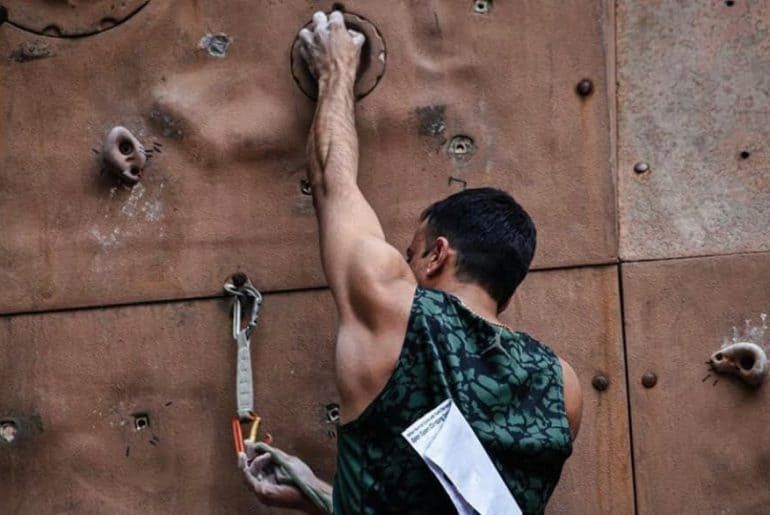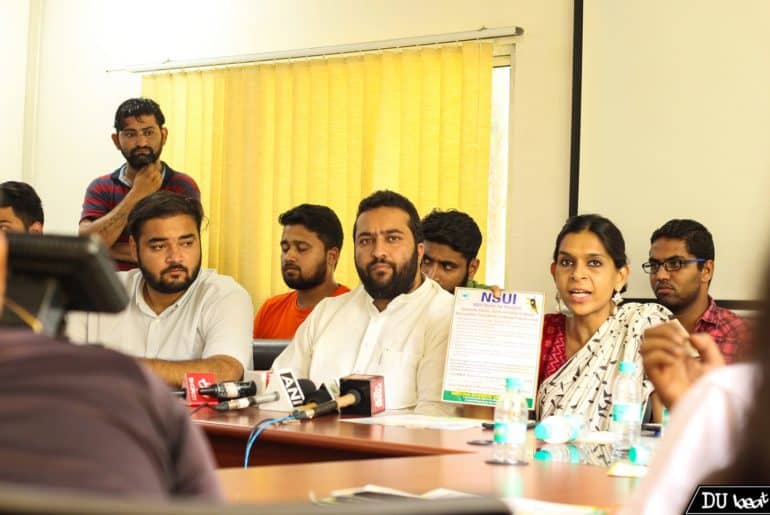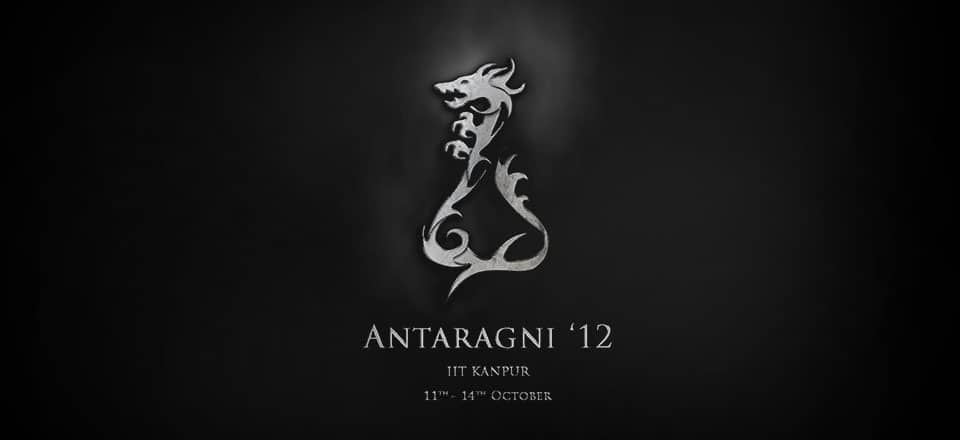The Hiking Club, St. Stephen’s College organised its 15th National Climbing Competition, from 31st January to 2nd February 2020. The event was a ravishing success with participation in varied categories like lead and speed climbing, between various age groups.
The Adventure Club of St. Stephen’s College, called The Hiking Club, organised its 15th National Climbing Competition. The event commenced on 31stJanuary and went on to 2ndFebruary 2020. The event was incentivised with prizes worth Rs. 60,000, making the gymnasium of the college echo with loud cheers and hoots.
The National Climbing Competition is an annual event, which awards the player who can climb the set distance in the shortest time. This year’s edition of the Annual Competition was adjudged by Mr Rohit Solanki and Mr Chandan Kumar.
Participants from all over Delhi put on their competitive shoes while eyeing the prizes up for grabs. All participants were full of enthusiasm and eagerly waited for their turns. The results of the competitions were announced on 1stFebruary and 2ndFebruary, and they are:
In the ‘Under 16 Boys Speed’ category, Sachin Saroj bagged the first position, Manujee in the second position and Kabir won the third position.
In the ‘Under 16 Girls Speed’ category, Arshpreet Kaur emerged as the winner, and Simran Kaur and Nandini Dhir came second and third respectively.
For the ‘Open Women Speed’ category, Shivpreet Pannu got the first place, Shivani Charak and Siya Negi, emerging at the second and third place, repectively.
For the ‘Open Men Speed’, Inder Singh was declared the winner, and Bhuvnesh won the second place, while Sarvan bagged the third place.
For the ‘Under 16 Boys Lead’ category, Sachin Saroj again bagged the first place. Manujee and Vansh Bhardwaj bagged the second and third position respectively.
For the ‘Under 16 Girls Lead’ Category, Arshpreet Kaur won the first place, and Nandini Dhir came second, followed by Simran Kaur at the third place.
In the ‘Open Men Lead’ category, Sachin Saroj emerged as the winner, followed by Abhishek Mehta in the second position and Inder Singh in the third place. In the ‘Open Women Lead’ category, Shivpreet Pannu bagged the first place, followed by Shivani Charak and Siya Negi at the second and third positions.
Feature image credits- Gyanarjun Saroj for DU Beat
Suhani Malhotra





